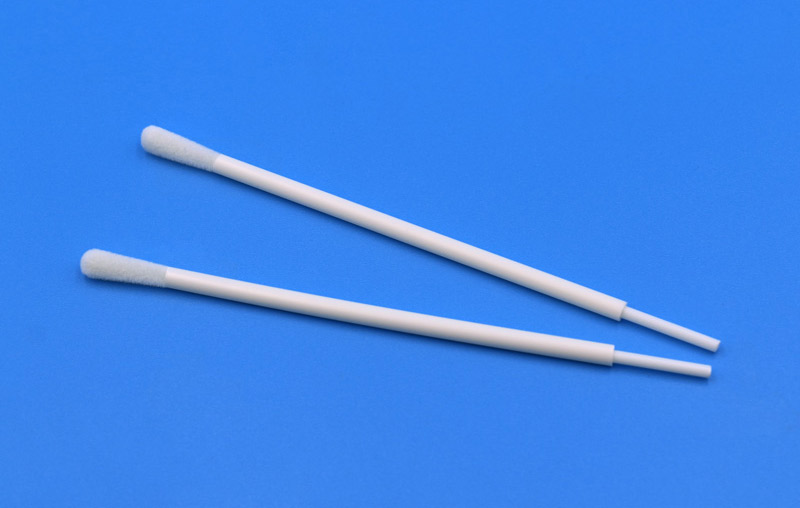How to use fecal swab collect the stool samples correctly?
Whether it is disease diagnosis or health examination, from the emergency department down to the physical examination center will always meet the request to send stool sample test items.
So, do you know how to use Fecal swab collect the stool samples correctly?
Today I would like to talk with you about the collection method of common stool test items.
(1) Routine stool
(2) Fecal parasite detection
(3) fecal occult blood test
Collection method:
1. Use fecal swab to collect specimens about the size of peanuts (about 5g);
2, if stool with mucus, pus and blood and other abnormal components, as far as possible to select these samples for testing.
3. Put the sample in a clean, dry, non-leakage and non-absorbent container with a lid.
4. It is best to send the specimen for examination within 1 hour after taking it, and no more than 2 hours at the latest.

Matters needing attention
1, three days before the test, try to avoid eating a large number of animal organs, blood, so as to avoid causing false positive stool occult blood test.
2. Stool after enema or enema should not use for testing, because enema and enema often lead to stool mixed with oil drops and other factors to interfere with the experiment.
3. Stool specimens cannot mix with urine, nor can samples be collected from bedpans mixed with urine or other liquids, so as to avoid contamination of stool specimens.
4. Because toilet paper or diaper will absorb water in feces, resulting in cell destruction and other components absorbing and affecting the test results, stool specimens should not wrap with toilet paper or sampled directly from the diaper, let alone directly submitted to the diaper.
5, specimens must be fresh, specimens long will lead to stool cells and other tangible components decomposition and destruction.
Routine stool culture
1. Natural defecation method:
After natural defecation, use a fecal swab to pick 2-3 grams of feces with pus, blood or mucus (if watery feces, choose 2-3 ml flocculent), and put them in a sterile urinal box, sealed for examination.
2. Rectal swab method:
A special anal swab dammed with sterile saline is inserted into the anus. For adults, about 4-5cm and for children, about 2-3cm. The swab is in contact with the mucosal surface of the rectum. Gently rotate the swab until feces are visible on the swab. This method is suitable for patients with difficulty in defecation and infants.
Matters needing attention
1. In order to avoid the effect of antibiotics and other anti-inflammatory drugs on pathogenic bacteria in the body, pathogenic bacteria cannot be cultured from the specimen, resulting in false negative results, so collect specimens before taking drugs as far as possible;
2. When collecting specimens, it should be noted that the bedpan should be dry and clean, without other impurities, and the stool should not be contaminated by urine and other impurities.

















